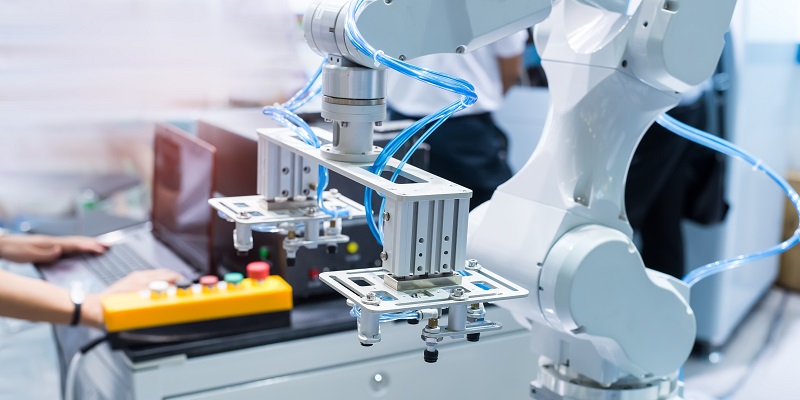In manufacturing, the use of traditional mechanical clamping devices is a common practice for holding components in place during assembly or measurement. However, industry experts are increasingly challenging the limitations of these clamping devices. One of the main pitfalls of mechanical clamps is their inability to hold a vast range of components with varying shapes and sizes. Moreover, mechanical clamping devices are cumbersome and difficult to manipulate, making the changing of components a time-consuming and laborious process. These limitations have led to the development of PRAFS and Virtual Clamping, a technology that is making these clamping systems superfluous.
PRAFS System: A Flexible Alternative to Traditional Clamping Devices
PRAFS (Positioning, Robotics, Assembly, and Fabrication System) is a flexible and configurable system for holding and assembling components. Unlike traditional clamping devices, PRAFS can hold thousands of different component parts with repeatable accuracy and all-around accessibility due to its full flexibility. With the fully flexible PRAFS system, changing components takes mere seconds without mechanical adaptation, and all measurements are automated. The PRAFS system replaces traditional mechanical clamping devices to make positioning of components more convenient.
Virtual Clamping: Making Clamping Systems Superfluous
Virtual Clamping (VC) is a new technology that makes traditional clamping systems superfluous. Based on the PRAFS system’s universally pneumatic holding device, VC can hold a vast range of components, eliminating the need for additional, part-specific contact and clamping elements, thus reducing the costs for further component-specific devices. With VC-based systems, a large number of different components can be held with one pneumatic device, making production and measurement processes more streamlined and efficient.
Integration with ZEISS ScanBox
The Virtual Clamping based on the PRAFS system is fully integrated into a ZEISS ScanBox, a 3D scanning and measuring device that delivers data with high accuracy and speed. The integration of VC-based systems with the ScanBox allows for greater convenience in production and measurement, thereby boosting productivity and reducing lead times.
Cost savings with virtual clamping
The Virtual Clamping system, based on PRAFS technology, offers substantial cost savings over traditional clamping devices. The elimination of component-specific devices and the reduction in equipment maintenance costs have made it a preferred choice for many manufacturers. The cost savings are augmented by the speed and accuracy of the VC-based system, making it possible to achieve higher output in less time.
PRAFS-EMUSIM: Virtual PRAFS Clone for Planning and Management
PRAFS-EMUSIM is a virtual clone of PRAFS through which the PRAFS robots can be planned, stored, and managed offline. This software enables simple and intuitive programming of the PRAFS elements, replacing traditional mechanical clamping devices. Due to this feature, manufacturers do not need specialized robot or programming knowledge to operate the PRAFS system, making it an accessible and versatile technology for companies of all sizes.
In conclusion, the PRAFS and Virtual Clamping technology present a flexible and cost-effective alternative to traditional mechanical clamping devices. With the ability to hold a vast range of components with repeatable accuracy and seamless automation, this technology ensures fast manufacturing and precise measurement, thereby reducing lead times and increasing productivity. The future of clamping devices lies in the adoption of VC-based systems and PRAFS technology, which guarantee cost savings, convenience, and superior performance.

